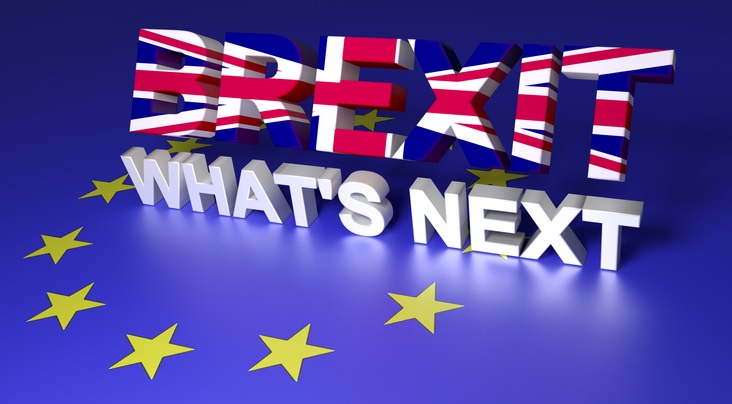GBP rallies with Brexit deal
GBP has seen significant upside in recent trade as a flurry of speculation emerges that the EU and UK are closing in on a deal on their future relationship that would avoid a chaotic WTO end to the transition period at the end of the year. GBPUSD has rallied from around 1.3400 to closer to 1.3600 and is down from Monday highs of closer to 0.9200 and eyeing a break below 0.9000.
In terms of the latest updates, major newswires Reuters and Bloomberg have both been running headlines that a deal is close. Citing an EU Diplomat, Reuters reported that a deal could come as early as today (Wednesday the 23rd of December). EU sources also told Reuters that EU member states had started to prepare the procedure for a provisional application of a new trade deal with the UK as of the 1st of January 2021. In other words, EU leaders are getting ready to quickly (and provisionally) ratify a Brexit deal in the coming days, allowing more time for the European Parliament to confirm this deal in the new year.
GBPUSD has rallied back above the 1.3500 level and is eyeing a test of annual highs above 1.3600 if the rumours turn out to be true. Meanwhile, EURGBP has slumped into the low 90.00s from Monday highs above 0.9200 and, if a deal does materialise, could see a move beneath the 90.00 level and towards November lows under 0.8900.
Though it’s dangerous to do so, let’s assume for a moment that the EU and UK do get a deal and GBP does see a bit more of a rally… what comes after?
Pandemic trashes near-term economic outlook
While GBP has predominantly been focused on the rollercoaster of emotions that has been Brexit negotiations over the past few weeks, a big risk to the UK economy over the coming months has seemingly gone under the radar.
UK Covid-19 infections, rates of hospitalisation and deaths have been sharply on the rise as of late, particularly in the Capital City of London and the South East. The government thinks that the spike in cases is being driven by the spread of a new, more transmissible variant of the virus that has been detected in London and the South. News of this new UK variant has resulted in travel bans on incoming passengers from the UK, as well as a temporary ban on freight transport to and from the UK through France, which has disrupted business right at one of the most crucial times of the year.
In response, the UK government has put London and the South East in Tier 4 lockdown (pretty much akin to the national lockdown back in November). After Christmas, much of the rest of the country will also be placed in Tier 4, or at least upgraded to Tier 3. Most analysts are predicting within a few weeks the UK will be back in a national lockdown.
The imposition of the recent tightening of lockdowns, combined with the lockdown back in November mean that Q4 GDP growth is almost certain to show the UK GDP growth back in a steep decline.
With a national lockdown looking increasingly likely in January and with no way of knowing how long this lockdown will be needed in order to bring infection rates down (particularly if this more transmissible version of the virus does increase the R rate by at least 0.4), we may be looking at lockdowns until Easter, or until a substantial majority of those most vulnerable to the virus can be vaccinated against it.
Is the current level of GBP pricing in the strong possibility of negative GDP growth in Q4 2020 and Q1 2021? Probably not.
Bank of England might not need a no deal Brexit to go negative


Photo by Robert Bye.
Given the above, the Bank of England might not need to see a chaotic no deal end to the UK’s exit from the EU single market transition period. Lockdowns to contain the spread of the virus might well give the bank all the economic chaos that it needs to see in order to take the plunge and take rates into negative territory.
Though there has been some pushback amongst some of the top members of the bank (such as Governor Bailey and Chief Economist Haldane), other voting members of the Monetary Policy Committee (Tenreyro and Vleighe) have expressed support for the idea. With the bank largely out of ammo with rate at the zero-lower bound of 0.1%, a cut to -0.25% or below might well give the economy the sort of meaningful boost the bank desires.
Money markets currently do not price in the risk of UK negative rates in 2021. A shift here towards a higher probability of negative rates could weigh on GBP over the coming months.




